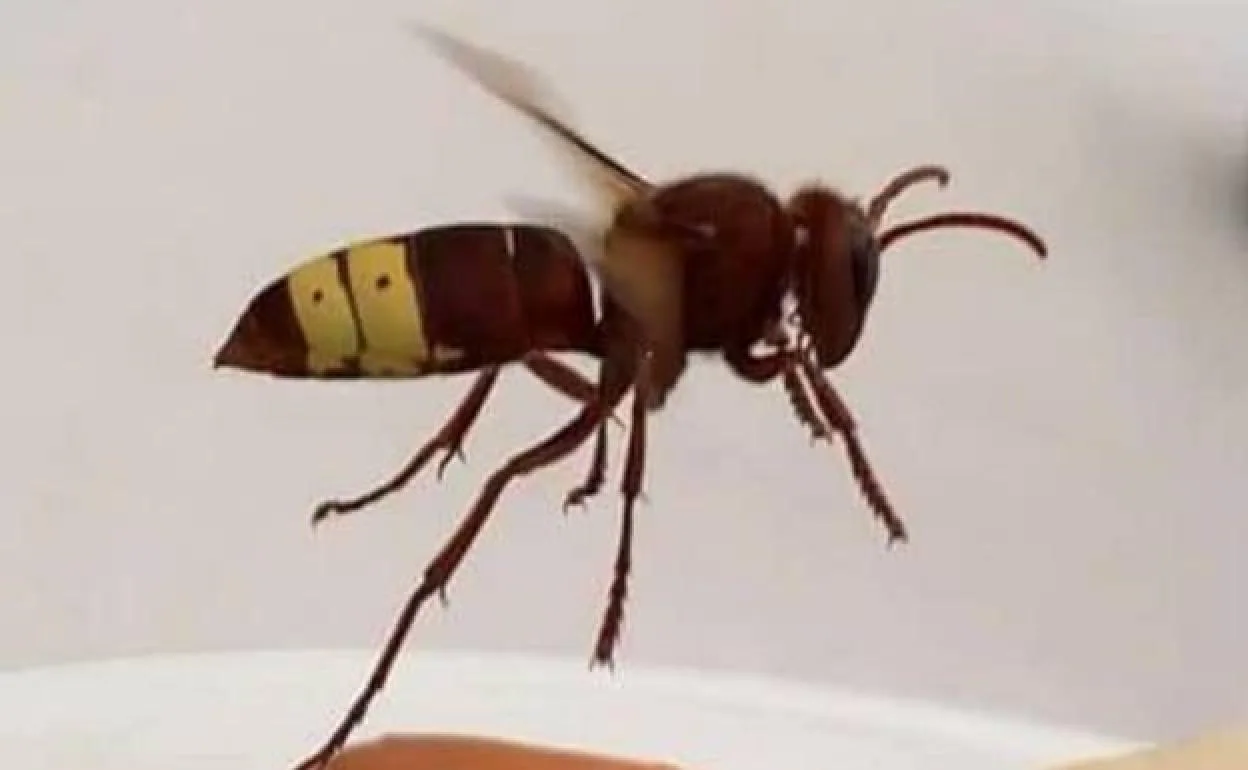Marbella woman suffers anaphylactic shock after being stung by Asian hornets
Experts say that the presence of the invasive species has been spreading in Cadiz province and on the Costa del Sol in recent years
Eugenio Cabezas
Malaga
Monday, 29 August 2022, 15:33
A Polish woman, 50, needed emergency treatment at San Pedro health centre last week after suffering anaphylactic shock after being stung by several Asian hornets, an invasive species whose presence has been spreading in Cadiz province and on the Costa del Sol recent years.
The woman, who has lived in Marbella for many years, said health care workers had told her that if her husband had not acted so rapidly and rushed her for treatment, the consequences could have been much more serious. She said she was in the garden at her home when she was stung.
The species 'Vespa orientalis' is not a normal wasp, but an invasive species which is commonly known as ‘Asian hornet’. Experts have ascertained that it is not the same as the Asian wasp (Vespa velutina) which has been causing so many problems in beehives in northern Spain.
“Both species are invasive because they are from Asia, but you can tell them apart by the colour of the abdominal stripe: it is yellow in the Asian hornet and orange in the Asian wasp,” biologist Rafael Yus explained to SUR.
He also said that the Asian hornet, which has previously been found on a massive scale in Estepona, “is not as aggressive as the Asian wasp, unless you walk near the nests, which may be on the ground. For most people they are no more dangerous than an ordinary wasp, but they can be more serious for anyone with allergies, just like a wasp sting can,” he said.
Estepona residents have reported seeing thousands of Asian hornets in the area, especially near water. “Their diet is varied, because they go to the flowers to pollinate but they also go into the beehives and create chaos by eating the bees. They have also been seen eating carrion,” Yus said.
This is why some people in Estepona have been setting traps with rotten fish bait, because it seems to attract them. “They have been seen in Monterroso, La Malagueña, Sierra Bermeja (Cala Alta), Estepona town and on the beaches. There are also a lot of dead ones on the ground,” he said.
He also warned that Asian hornets are spreading along the coast so it will not be unusual if they are spotted soon in the Axarquía. “Some have already been seen near Malaga city,” he said.
